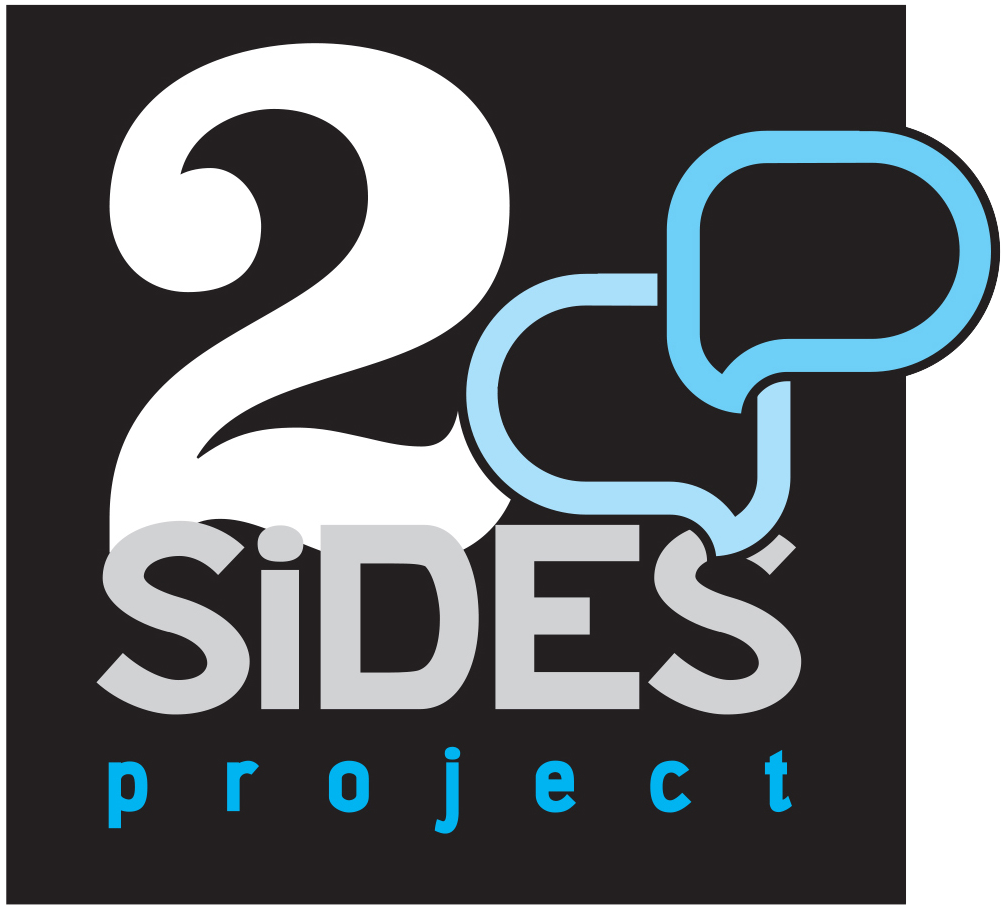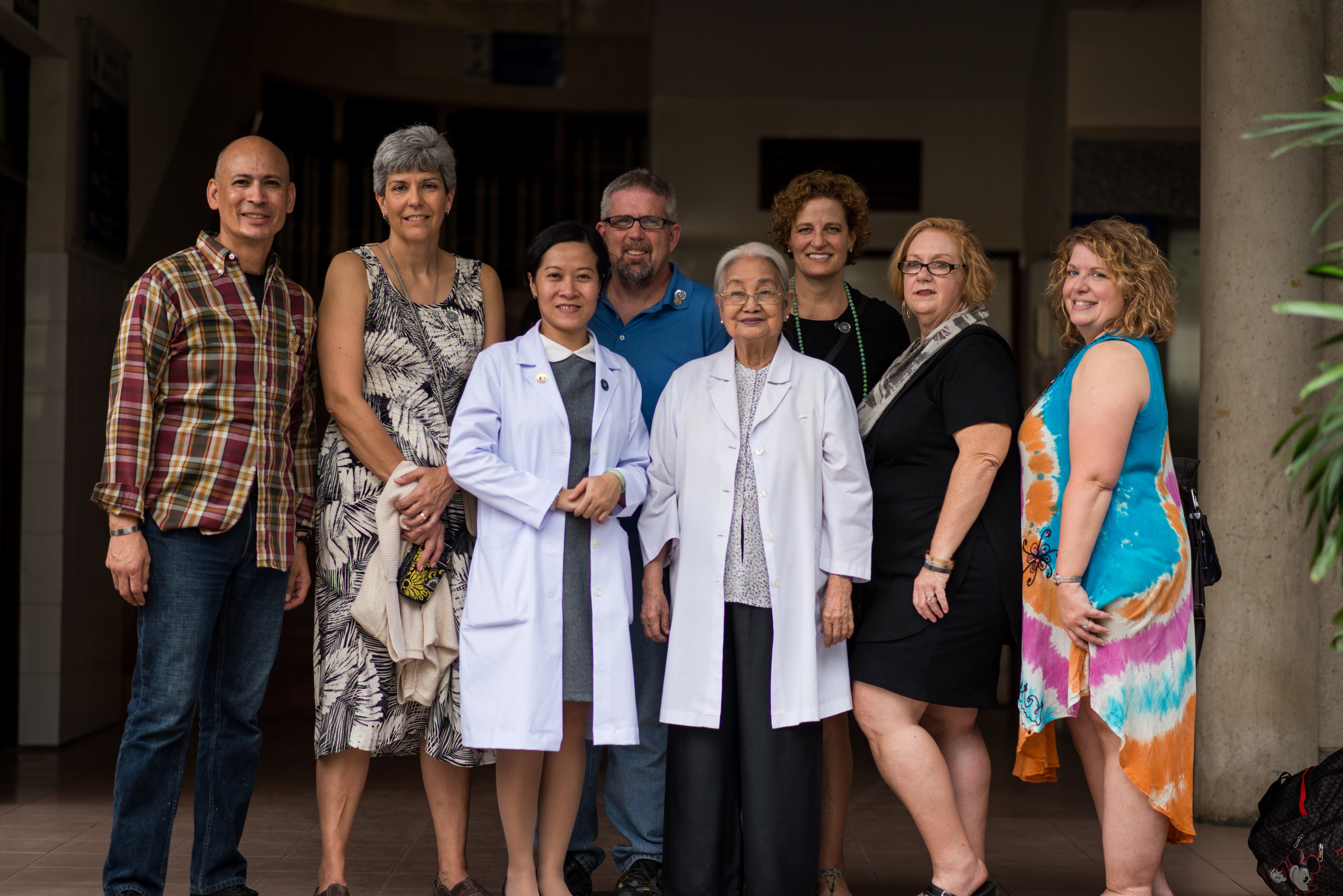Susan’s father, James C. Mitchell Jr., was killed near Cao Lanh City on January 8, 1970, two days after his birthday, and two days before he was scheduled to come home forever. Susan honored her father in a visit to the site where he was killed in December 2015. Jared Groneman was the photographer and videographer that day. Here, they both give their side of the story behind these pictures. You’ll get the full story about this site visit, and the inaugural trip of the 2 Sides Project, in a documentary from Istrico Productions, coming in 2016.
Photo courtesy Jared Groneman, Istrico Productions
Jared: Almost the entire car ride to the Mekong Delta, Susan didn’t seem very emotional. Once we got on the first ferry crossing one of the rivers, she began to get quieter. I think she knew what was coming. We had all squeezed into an SUV to get to this place, but the ferries that ran these rivers were wide open, with air flowing over them almost as easily as the water. It was beautiful, and everyone seemed to enjoy the calmness of the short trip across.
Susan: We were going up the river on a ferry, in the area where my father’s helicopter went down. My phone had been pinging all day with well wishes from people who knew where I was going. At this moment, my phone pinged again, but it was a different sound. My fellow traveler Ron Reyes had put a map on my phone with the coordinates of the place where the helicopter crashed in the water, and set it to sound off when we were there. My phone was pinging me that we were at that exact spot.
Photo courtesy Jared Groneman, Istrico Productions
Susan: I wanted so badly to get into the water, to collect some of it, but it was really dirty at the river’s edge and the only boats available weren’t safe for me to use. The Vietnamese official who came with us said he’d go out and fill a bottle for me. The water he brought back from the middle of the river was clear and clean. I poured some into my hand and talked about how my dad had been there to fight for freedom, that his blood was shed for someone else’s freedom, and I equated that to Christ’s blood shed on the cross. I poured water into my hand and sprinkled it over my head. I felt such spiritual relief, and peace. The hole in my spirit that was left by my father’s death was filling up.
Jared: I remember Susan asking for a towel at the hotel earlier that morning in preparation for baptism. When we came upon the ferry landing where the road ended, one of the first things I noticed is that the water wasn’t easily accessible. I didn’t know how Susan would react. I didn’t know if she would try anyway, ask Mike to wade in, or give up on the idea all together. Once again the kindness and willingness of the Vietnamese people showed through. I don’t think anyone there, American or Vietnamese, would have let her fail to accomplish her goal.
Photo courtesy Jared Groneman, Istrico Productions
Jared: No matter where we went, it seemed that Susan’s generosity was always equal to the Vietnamese’s sense of friendliness and accommodation. Every time we saw children Susan was at the ready with candy, stickers, and other little treasures to brighten someone's day. During our trip, every one of our travelers had their day, their site visit. But Susan’s seemed to fit her so well. There were many adults and children who had gathered respectfully to observe the event. It wasn’t just her day. She included everyone she met into it. It was easy to see on the faces of the children just how much the day meant to everyone there.
Susan: The whole village came out to see what I was doing, including these children. We gave them stickers before we started the ceremony, and they pasted them all over their face and arms and sat there watching. At the end of the service we sang Amazing Grace, and they hummed along. As we were leaving I opened up my backpack. I still had a ton of candy, and I wanted them to have it. I held out the bag and they reached in and just took one piece. I said take it all, it’s for you. The guide told them they could take more, but said thank you, one was enough. That really struck me.











































